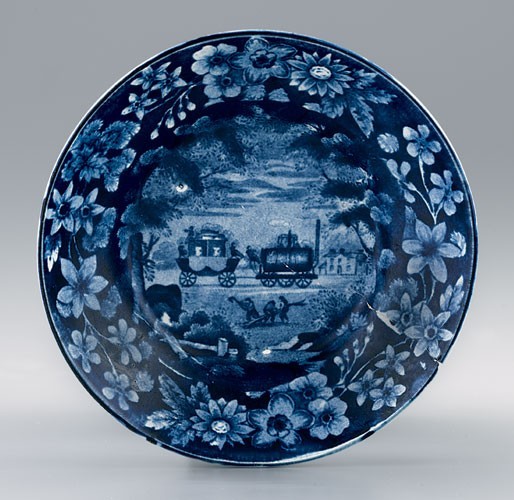
Saucer, Straffordshire, ca. 1820s. Pearlware. D. 5 3/4". (Courtesy, Roger Pomfret; photo, Gavin Ashworth.)
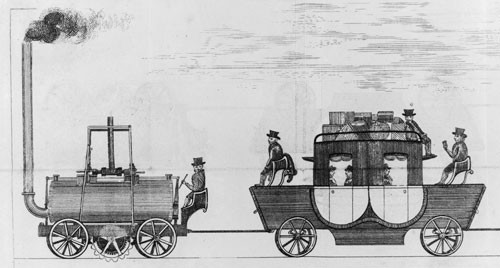
Print from Observations on a General Iron Railway, by Thomas Gray, 5th ed. (London, 1825). Although the pottery engraving represents the locomotive with fair accuracy, the coach is only an approximation, suggesting a second, unrelated print as its source. This would be consistent with the fanciful description attached to the plate illustrated in Arthur Hayden’s Chats on English Earthenware (1909).
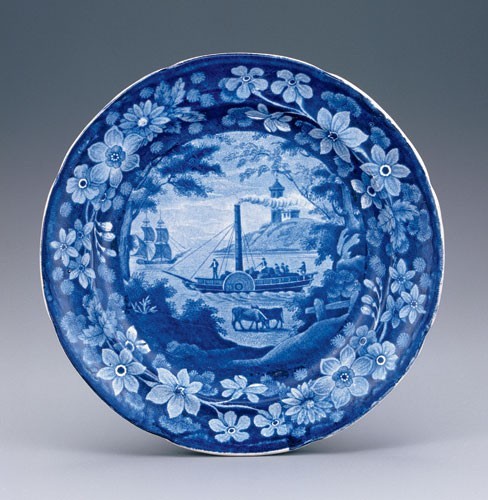
Plate, Staffordshire, ca. 1820s. Pearlware. D. 9 3/4". (Courtesy, Kurt O’Hare; photo, Gavin Ashworth.) The transfer-printed design on this plate depicts a single-funnel steamboat, which is markedly different from the first Fulton steamboat.
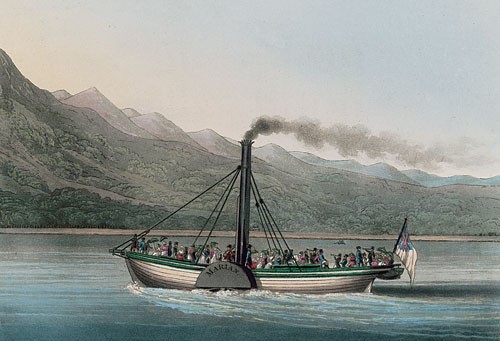
Trip up Loch Lomond, 1825. (Courtesy, Mary Evans Picture Library.) This print by an unknown engraver/publisher depicts the Marian, built by David Napier in 1815, and served as the source for the transfer print depicted in fig. 3.
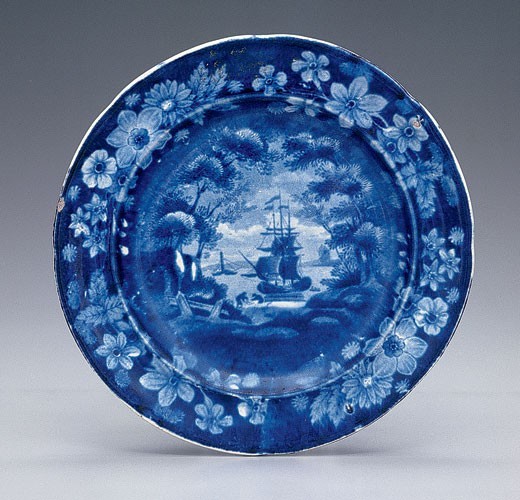
Plate, Staffordshire, ca. 1820s. Pearlware. D. 6 7/8". (Courtesy, Weston H. Palmer, Esq.; photo, Gavin Ashworth.) A three-masted sailing ship—traditionally identified as the Cadmus—is in the foreground and a single-funnel steamer is in the left background.
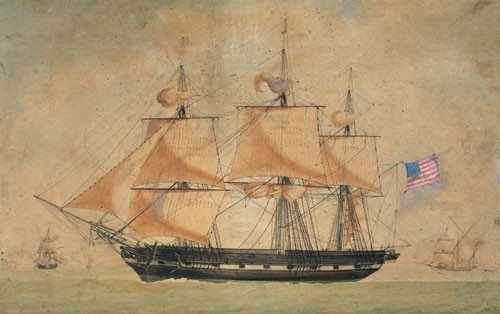
Antoine Roux, Ship Cadmus, 1822. Watercolor. (Courtesy, Peabody Essex Museum; photo, Mark Sexton.)
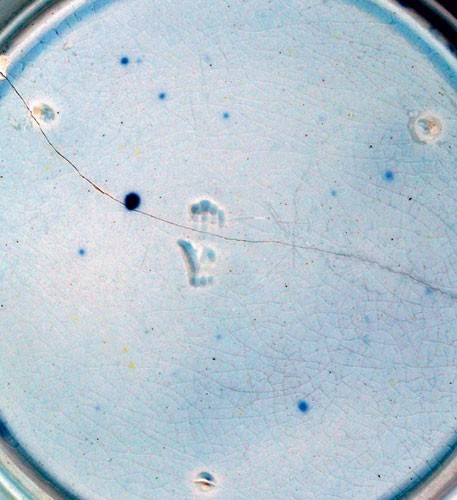
Exterior base of the saucer illustrated in fig. 1, displaying an impressed open hand mark.
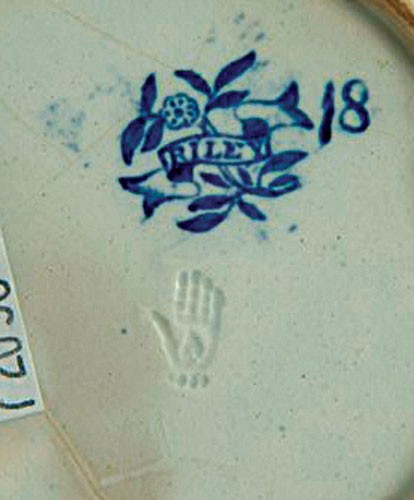
John and Richard Riley, Burslem, Staffordshire, ca. 1820s. Pearlware. Blue printed so-called girl Gardeners pattern with printed “RILEY” flower spray mark and impressed hand. (Courtesy, Dick Henrywood and Dreweatt Neate.)
